Have you ever wondered what it would be like to journey from one end of the planet to the other? While humans might need airplanes and extensive planning for such travels, one remarkable bird accomplishes this feat twice annually as part of its natural lifecycle. The Arctic Tern (Sterna paradisaea) holds the record for the longest migration of any animal on Earth, crossing the equator twice a year during its pole-to-pole journey. This extraordinary traveler navigates thousands of miles, facing countless challenges while following ancient migratory routes that have evolved over millennia. Let’s explore the fascinating world of this globe-trotting seabird and the incredible journey it undertakes year after year.
The Arctic Tern: A Global Navigator
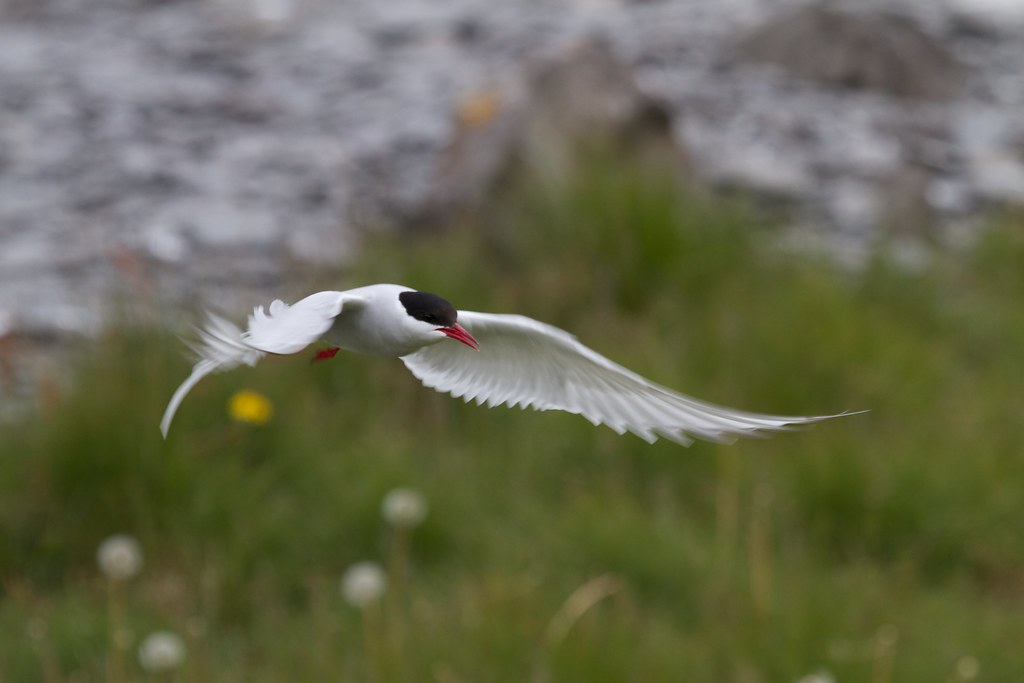
The Arctic Tern is a medium-sized seabird belonging to the family Laridae, recognizable by its light gray plumage, distinctive black cap, red bill, and deeply forked tail. Weighing only about 100-120 grams (3.5-4.2 ounces) and measuring 28-39 centimeters (11-15 inches) in length, these birds are relatively small for the incredible journeys they undertake. Their wingspan of 65-75 centimeters (25-30 inches) enables them to glide efficiently over vast oceanic distances. What truly sets the Arctic Tern apart from other migratory birds is not just its appearance but its unparalleled ability to navigate across hemispheres, following the summer season and daylight in an endless pursuit of favorable conditions.
The World’s Longest Migration Route
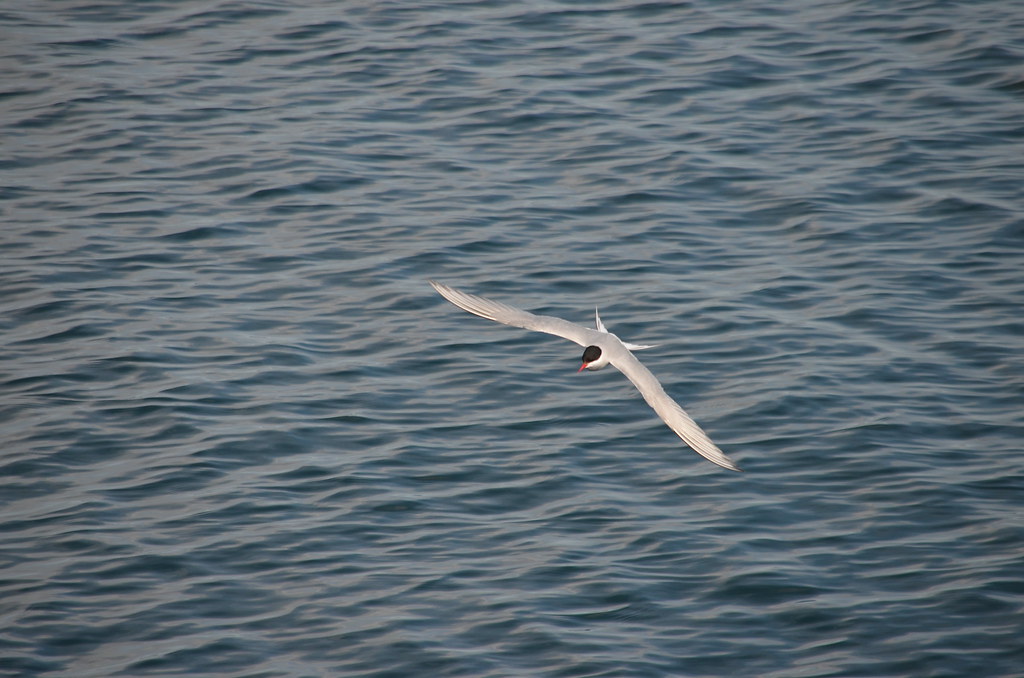
The migration pattern of the Arctic Tern is nothing short of extraordinary, covering approximately 70,000-90,000 kilometers (44,000-56,000 miles) annually in a round trip between the Arctic and Antarctic regions. Research published in 2010 using geolocators confirmed that some Arctic Terns travel over 96,000 kilometers (59,650 miles) each year, equivalent to circling the Earth more than twice. These birds breed in the Arctic during the northern summer and then fly to the Antarctic to enjoy the southern summer, effectively experiencing more daylight than any other creature on the planet. Their migration route isn’t simply a straight line between poles but follows an S-shaped pattern across the Atlantic Ocean, taking advantage of global wind systems to conserve energy during their marathon journey.
Evolutionary Advantages of Crossing the Equator
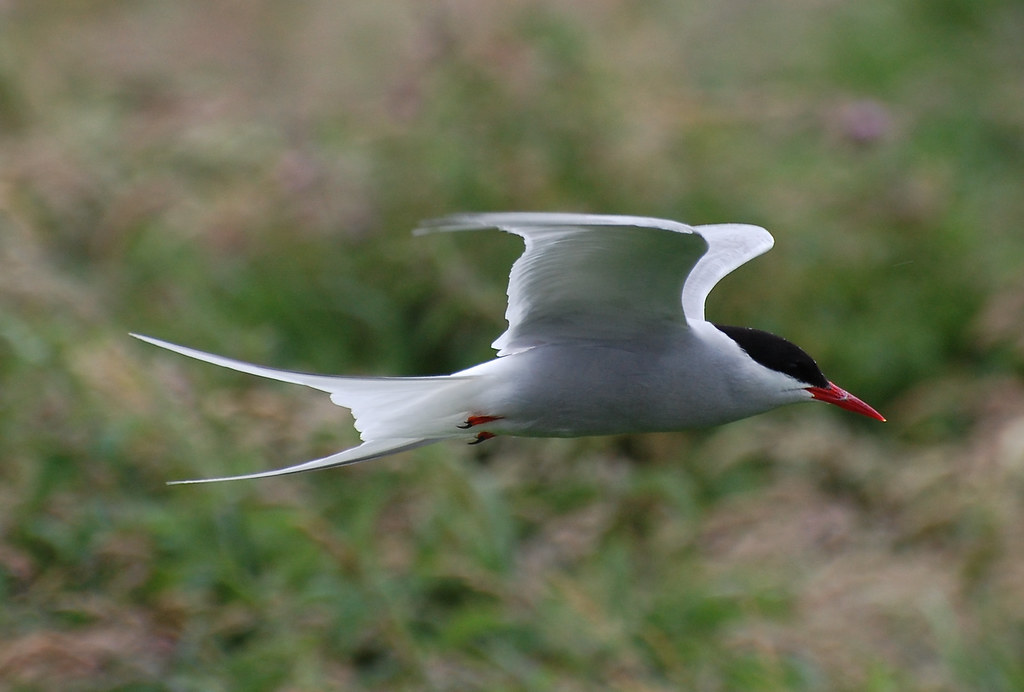
The bi-hemispheric migration of the Arctic Tern has evolved as an adaptive strategy that maximizes access to food resources and optimal breeding conditions. By following the summer season between poles, these birds ensure they always have access to the long daylight hours that provide extended feeding opportunities in productive waters. The Arctic’s summer offers abundant food and relatively fewer predators during the critical breeding period, while the Antarctic summer provides rich feeding grounds during the non-breeding season. This “endless summer” lifestyle is energetically costly but evolutionarily advantageous, as it increases the birds’ chances of successful reproduction and survival. Scientists believe this remarkable migration pattern developed gradually over thousands of years as Arctic Terns adapted to changing climate conditions and food availability patterns.
Breeding Behavior in the Arctic
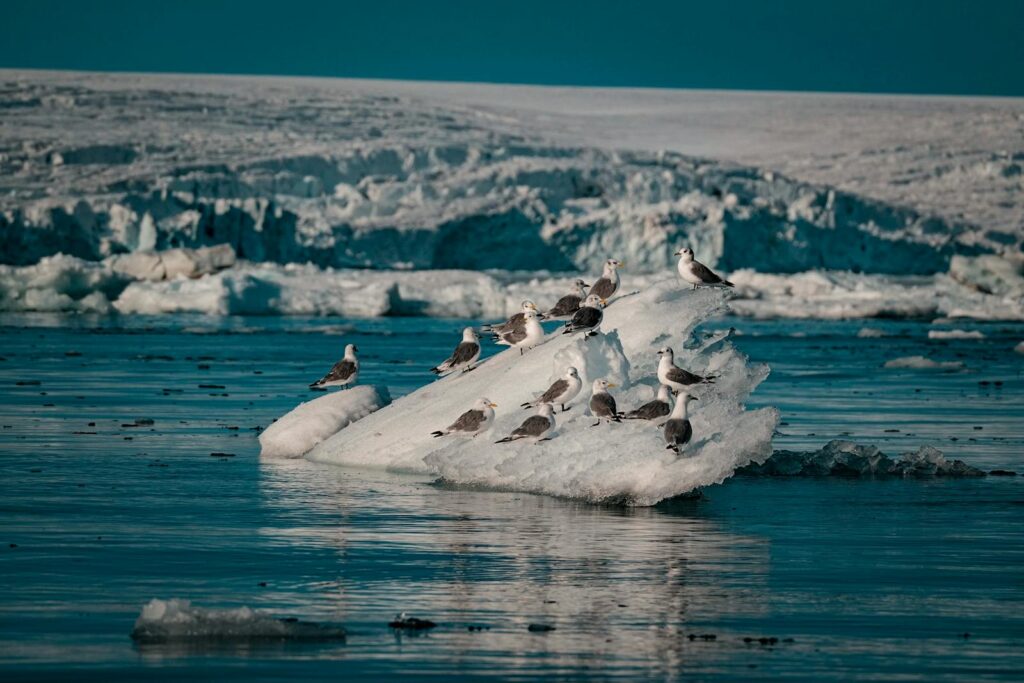
Arctic Terns arrive in their northern breeding grounds between April and June, with the timing dependent on latitude and local conditions. They typically nest in colonies on coastal beaches, rocky islands, or tundra near water, constructing simple depressions in the ground lined with nearby vegetation. The female usually lays 1-3 eggs, and both parents share incubation duties for approximately 21-24 days until hatching. These dedicated parents fiercely defend their nesting territories, even dive-bombing human intruders who venture too close to their nests. The chicks fledge after about 21-28 days, and shortly thereafter, the entire colony begins preparing for their southward migration, typically departing by August before the Arctic winter sets in.
Navigational Capabilities: How They Find Their Way

The navigational abilities of Arctic Terns remain one of the most fascinating aspects of their biology, combining several sophisticated mechanisms to traverse vast distances with remarkable precision. Research suggests these birds possess an internal magnetic compass that allows them to detect Earth’s magnetic field for orientation, particularly useful during overcast conditions when celestial navigation isn’t possible. They also appear to use visual landmarks, celestial cues like sun position and star patterns, and possibly even olfactory information to navigate across featureless oceans. Recent studies indicate that Arctic Terns may also recognize and remember specific oceanic regions rich in food by detecting subtle changes in water temperature, color, or even smell, allowing them to return to productive feeding areas year after year. This multi-sensory navigational toolkit developed over evolutionary time enables these birds to complete their epic journeys with extraordinary accuracy.
Life at Sea: Feeding and Survival
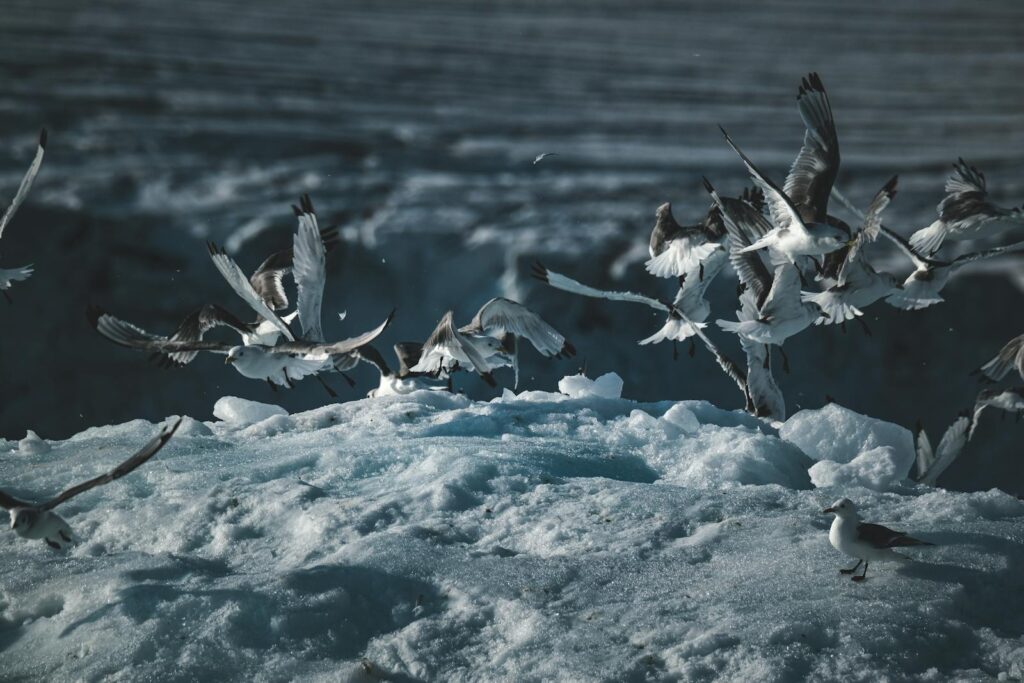
During their migration and Antarctic sojourn, Arctic Terns spend virtually all their time at sea, rarely touching land for months at a stretch. These skilled hunters feed primarily by plunge-diving into water to catch small fish, crustaceans, and marine invertebrates near the surface. Their diet consists mainly of sand eels, herring, and various small fish in northern waters, while krill becomes more important in Antarctic regions. Unlike many seabirds, Arctic Terns rarely rest on the water surface, instead spending most of their time in flight and only landing briefly to feed. They can sleep during flight using unihemispheric slow-wave sleep, where one brain hemisphere remains alert while the other rests, allowing them to maintain continuous movement during their migration. This remarkable adaptation permits them to cross vast oceanic expanses where landing opportunities are scarce or nonexistent.
Record-Breaking Lifespans and Distances
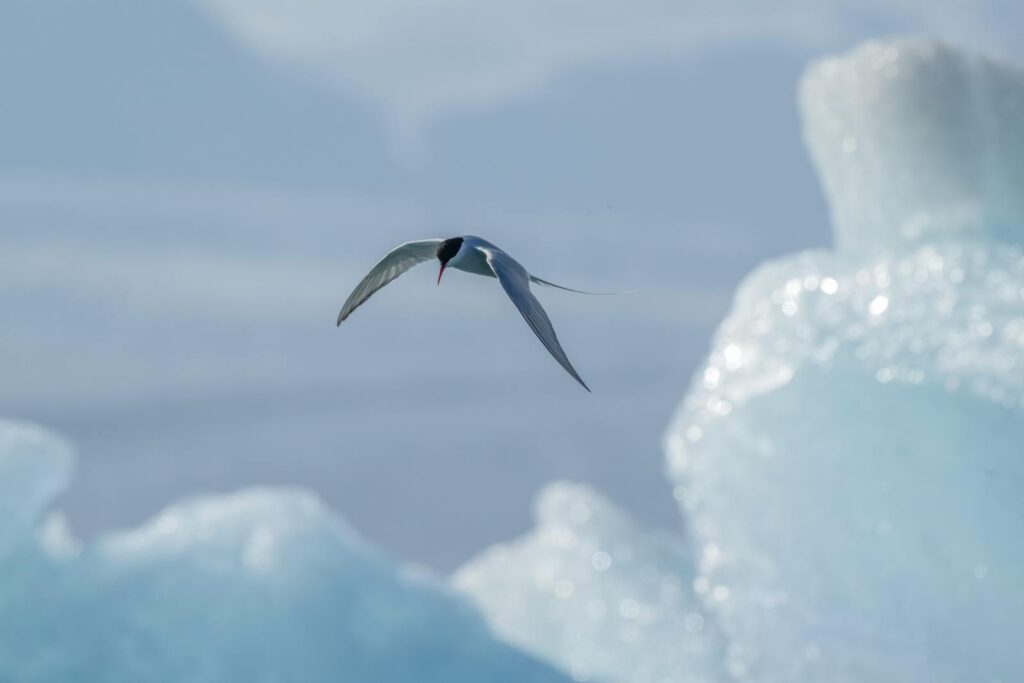
The combination of their migratory behavior and natural longevity makes Arctic Terns record-holders in multiple categories. With a lifespan that can exceed 30 years, a typical Arctic Tern may travel over 2.4 million kilometers (1.5 million miles) during its lifetime, equivalent to three round trips to the Moon. The oldest documented Arctic Tern lived to at least 34 years, potentially completing over 30 round-trip migrations in its lifetime. One particularly remarkable individual, tracked by researchers from Greenland to Antarctica and back, covered 91,000 kilometers (56,545 miles) in a single year, setting the record for the longest annual migration ever documented. These extraordinary distances mean that Arctic Terns see more daylight than any other animal on Earth, as they follow summer between hemispheres throughout their lives.
Population Trends and Conservation Status
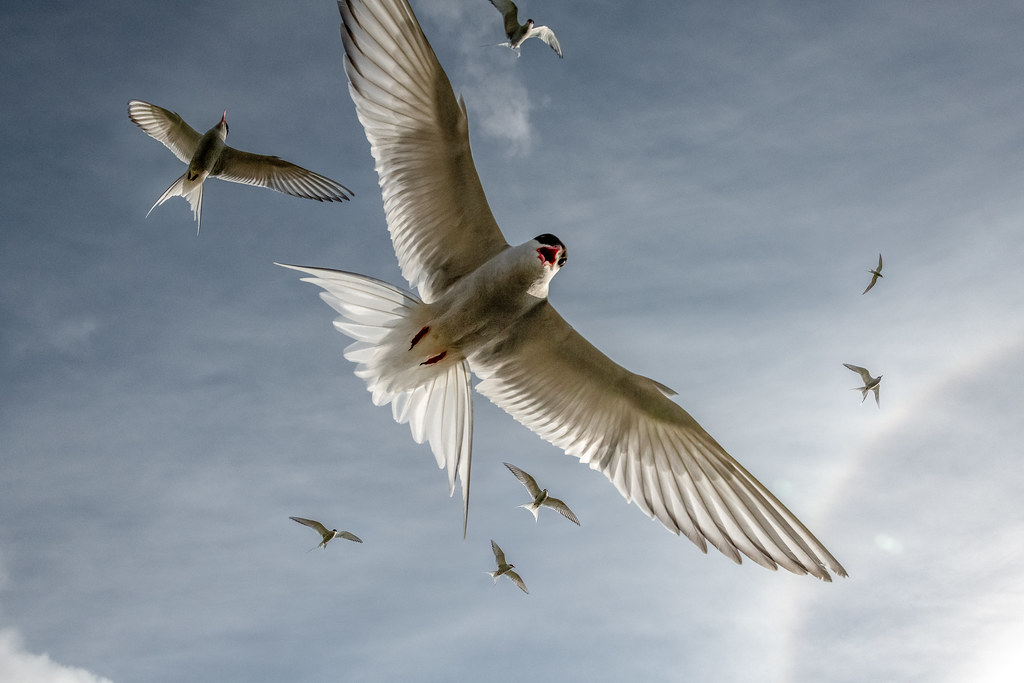
Despite their impressive adaptability, Arctic Tern populations face numerous challenges in the modern world. Global estimates suggest there are approximately 1-2 million breeding pairs worldwide, with significant populations in Iceland, Greenland, and northern Europe. Many local populations have shown concerning declines over recent decades, and the International Union for Conservation of Nature (IUCN) currently lists the Arctic Tern as “Least Concern” globally but notes various regional population decreases. Threats include climate change affecting marine food webs, coastal development destroying breeding habitat, increased predation pressures from introduced species, and entanglement in fishing gear. Conservation efforts focus on protecting key breeding colonies, managing human disturbance during the breeding season, and international cooperation to safeguard critical marine habitats along their migration routes.
Climate Change Impacts on Migration Patterns
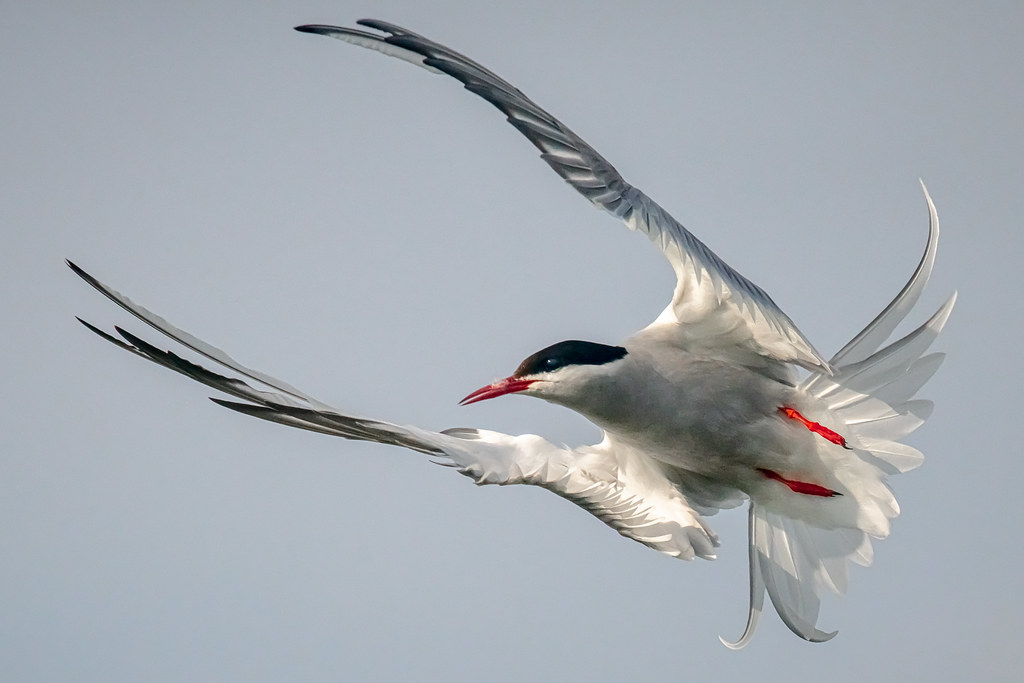
Climate change poses perhaps the most significant threat to Arctic Tern migration patterns and overall survival. Rising sea temperatures are altering marine ecosystems and shifting the distribution of key prey species, potentially creating mismatches between the terns’ arrival times and peak food availability. Changing wind patterns may increase the energy demands of migration, while more frequent and severe storms along migration routes can cause direct mortality and disrupt traditional pathways. Sea level rise threatens many low-lying breeding colonies, particularly in the Arctic where coastal erosion is accelerating. Researchers have already documented changes in migration timing and routes in some populations, indicating that Arctic Terns are attempting to adapt to these rapidly changing conditions. However, the question remains whether these adaptations can occur quickly enough to match the unprecedented rate of environmental change in polar regions.
Scientific Research and Tracking Technologies
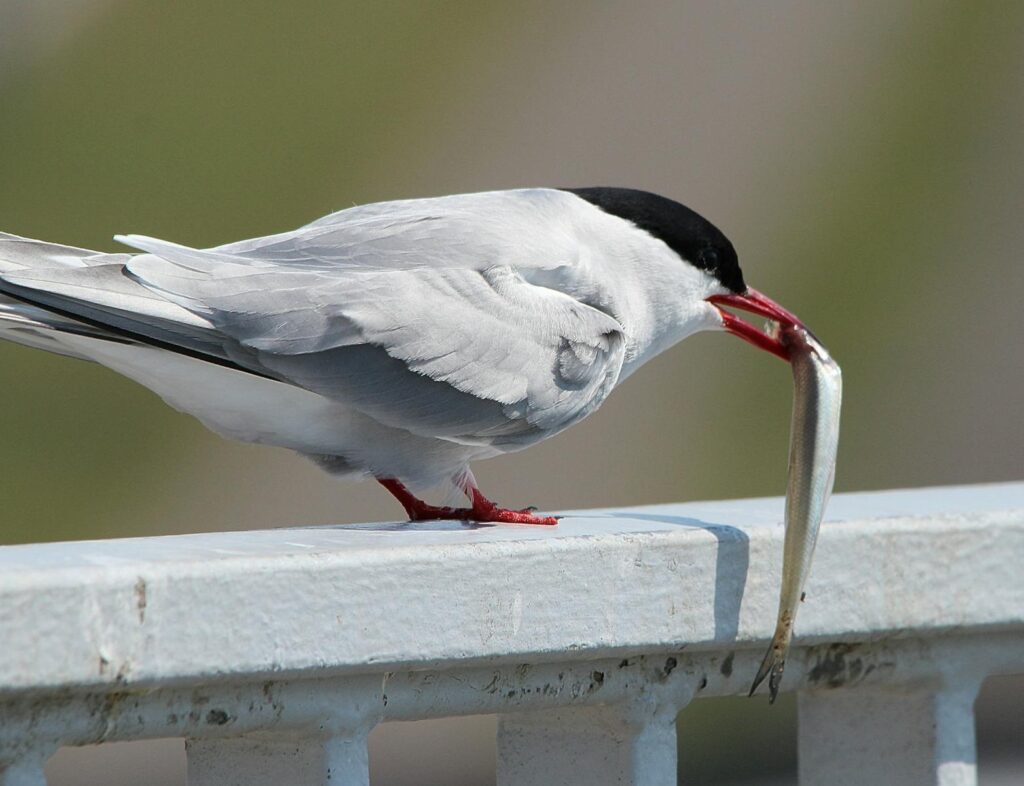
Our understanding of Arctic Tern migration has been revolutionized by advances in tracking technology over the past two decades. Traditional bird banding yielded limited insights due to the remote nature of their journeys, but miniature geolocators weighing just 1-2 grams now allow researchers to map entire migration routes with remarkable detail. These devices measure light levels to determine approximate latitude and longitude, revealing previously unknown stopover sites and route variations. More sophisticated GPS trackers, though currently too heavy for regular use on Arctic Terns, have been employed in limited studies to gather even more precise location data. Ongoing research projects across the Arctic are examining not just migration routes but also how terns select specific pathways, how weather influences their travel decisions, and how they maintain energy balance during these extraordinary journeys. Each new study adds to our appreciation of these remarkable avian travelers and helps inform conservation strategies.
Cultural Significance and Human Connections
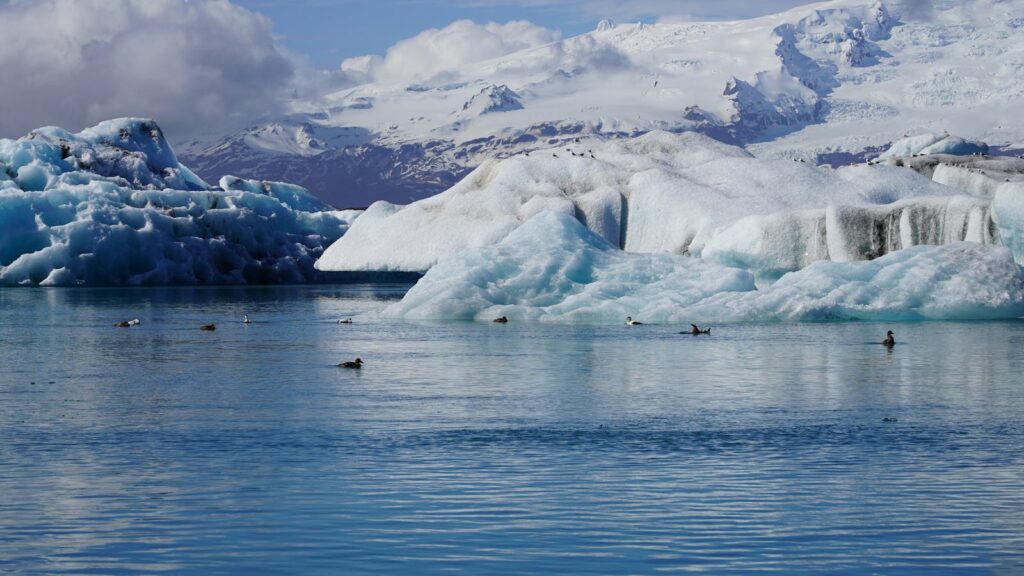
The Arctic Tern has long held cultural significance for peoples living in northern regions where these birds breed. In Iceland, where a substantial portion of the global population nests, the Arctic Tern (known locally as “kría”) features prominently in folklore and is considered a harbinger of spring when it returns from its southern journey. Indigenous communities across the Arctic have traditionally used the arrival and departure of terns as phenological markers in their seasonal calendars. The bird’s ability to navigate between worlds has inspired countless poets, writers, and artists, often symbolizing freedom, perseverance, and connection between distant places. In modern times, the Arctic Tern has become an ambassador species for migratory bird conservation, highlighting the interconnectedness of global ecosystems and the need for international cooperation in environmental protection.
Similar Long-Distance Migrators in the Bird World
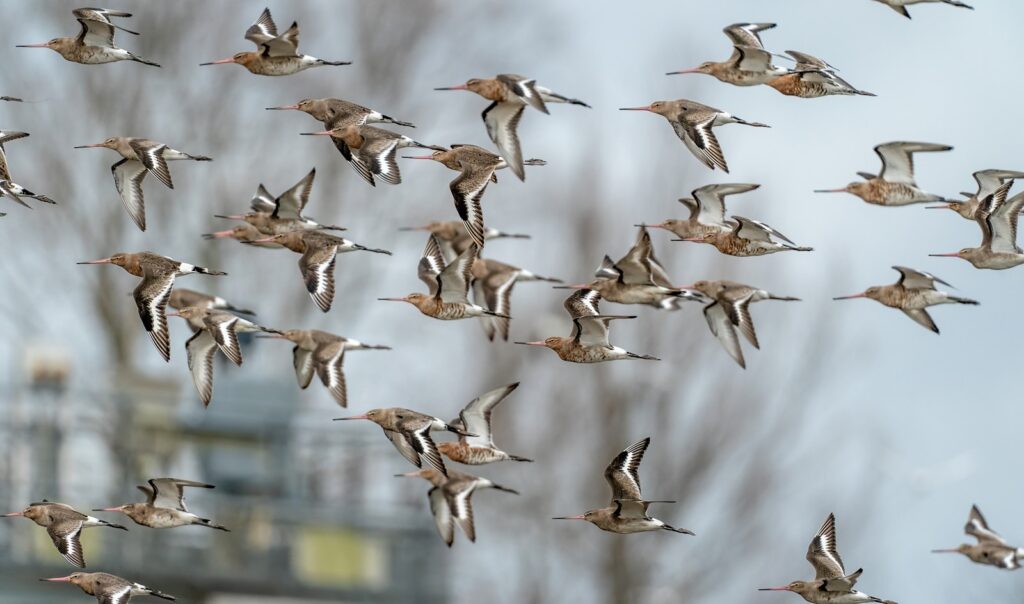
While the Arctic Tern holds the distance record, several other remarkable avian migrators also undertake extraordinary journeys crossing the equator. The Bar-tailed Godwit flies non-stop from Alaska to New Zealand, covering over 11,000 kilometers (6,800 miles) without a single rest in what is the longest known non-stop flight of any bird. The Great Shearwater breeds on islands in the South Atlantic and migrates to the North Atlantic, following a circular route that crosses the equator twice annually. Sooty Shearwaters make similar transequatorial migrations between the Southern Hemisphere breeding grounds and Northern Hemisphere feeding areas, forming spectacular flocks numbering in the millions. These diverse migration strategies highlight the various evolutionary pathways that have developed in response to seasonal resource availability across hemispheres, with each species demonstrating unique adaptations for their particular ecological niche.
How Individuals Can Support Arctic Tern Conservation
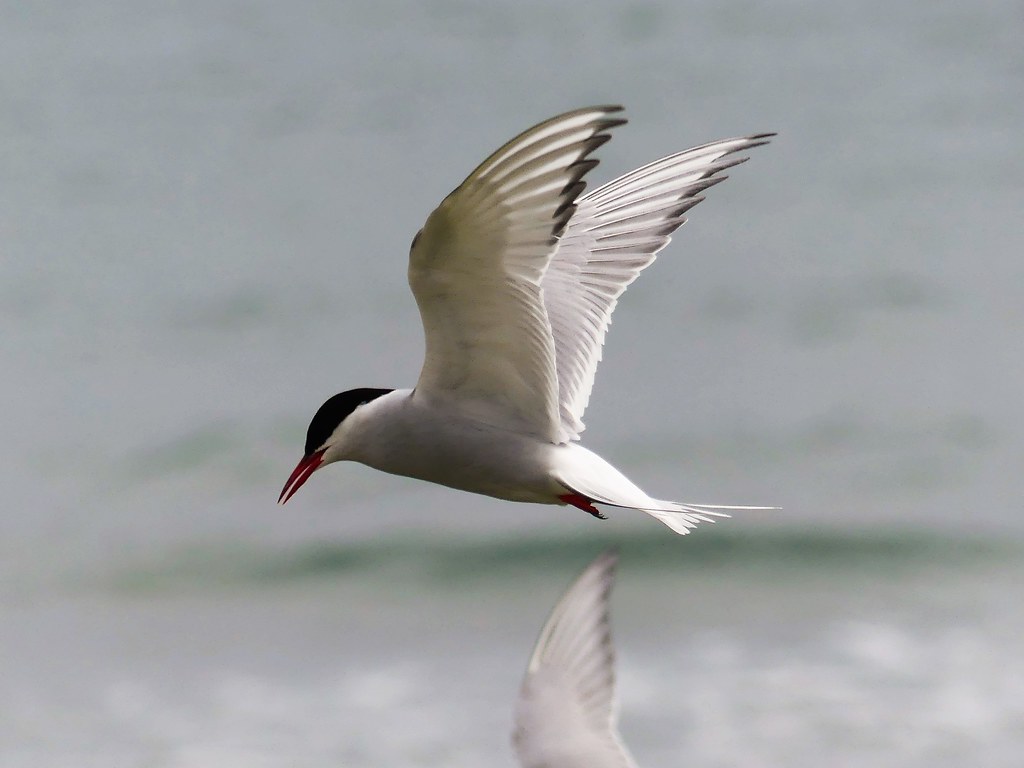
Despite the seemingly remote nature of Arctic Tern habitats, individuals worldwide can contribute meaningfully to their conservation. Supporting organizations focused on seabird conservation and marine protected areas helps fund critical research and habitat protection initiatives throughout the terns’ range. Reducing plastic consumption prevents marine debris that terns may mistake for food or become entangled in during their oceanic journeys. Making climate-conscious choices in daily life helps mitigate the broader climate impacts threatening polar ecosystems where these birds breed. Citizen science projects that monitor local seabird populations provide valuable data to researchers tracking global trends, even if Arctic Terns don’t breed in your area. For those living near Arctic Tern breeding colonies, respecting protective barriers and maintaining distance from nesting areas during breeding season prevents disturbance that could cause nest abandonment.
The Arctic Tern’s remarkable twice-yearly equator crossing represents one of nature’s most extraordinary feats of endurance and navigation. From the moment they leave their Arctic breeding grounds to their Antarctic sojourn and eventual return north, these birds embody the interconnectedness of our planet’s ecosystems. Their pole-to-pole journey reminds us that despite the vast distances separating Earth’s regions, we share a single, integrated environment. As climate change and human activities increasingly threaten the delicate balance of our global systems, the Arctic Tern’s migration stands as both a marvel of natural adaptation and a vulnerable phenomenon worth protecting. By understanding and safeguarding these incredible travelers, we not only preserve a biological wonder but also maintain the intricate web of life that spans our entire planet, connected by the wingbeats of a bird that truly belongs to both worlds.
